Home>Ideas and Tips>Upgrading Your Home’s Basement: Waterproofing DIY Tips
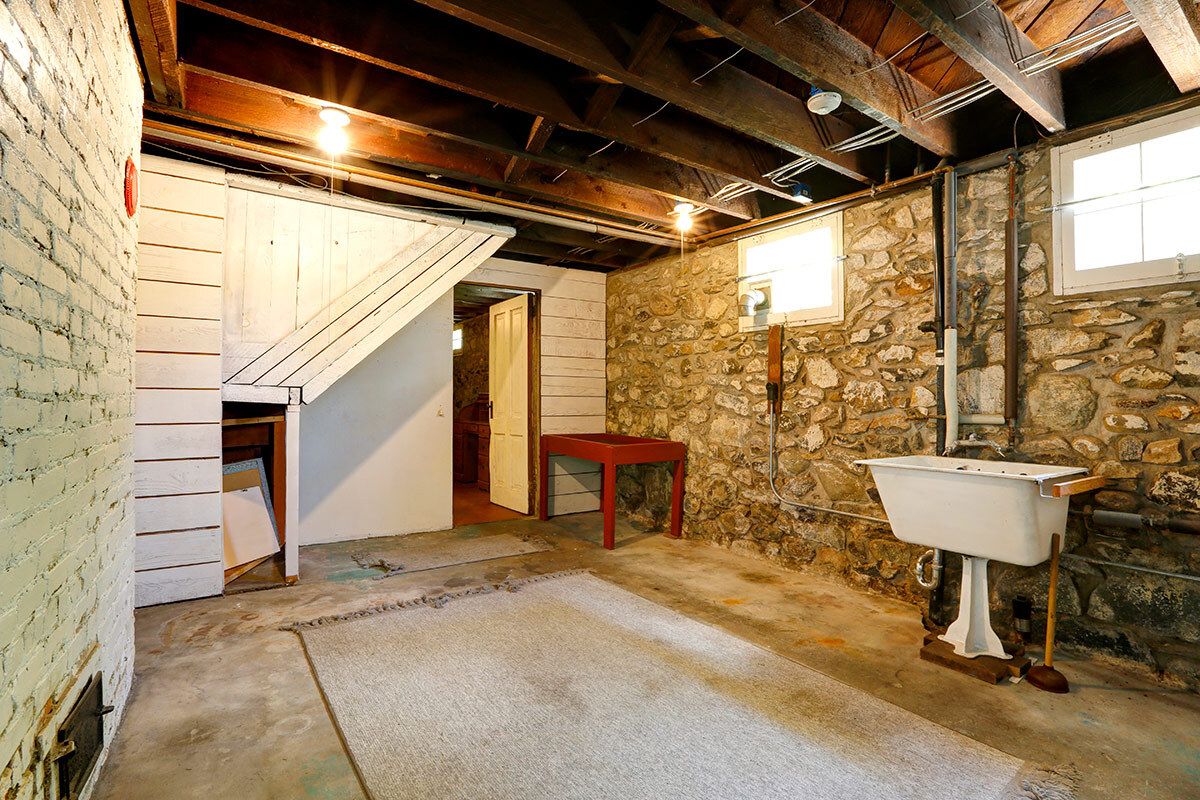

Ideas and Tips
Upgrading Your Home’s Basement: Waterproofing DIY Tips
Published: September 5, 2024
Discover essential DIY tips for upgrading your home's basement waterproofing and keep your basement dry and safe from water damage.
(Many of the links in this article redirect to a specific reviewed product. Your purchase of these products through affiliate links helps to generate commission for Storables.com, at no extra cost. Learn more)
Introduction
Basement waterproofing is a crucial aspect of maintaining the integrity and longevity of your home. A dry basement not only prevents structural damage but also ensures a healthier living environment. While hiring a professional can be an option, many homeowners are turning to DIY methods to save money and take control of their basement's condition. In this article, we will delve into the essential DIY tips and techniques for upgrading your home's basement waterproofing.
Assessing the Problem
Before you start any DIY project, it is vital to assess the problem thoroughly. Here are some steps to help you identify the issues:
-
Inspect the Basement: Regularly inspect your basement for any signs of water damage, such as stains, mineral deposits, or musty odors. Check both walls and floors for cracks, gaps, or uneven surfaces.
-
Check for Leaks: Look for any visible leaks around windows, doors, and pipes. Ensure that all seals are intact and functioning properly.
-
Evaluate Drainage: Observe how water flows around your house. Check if downspouts are directing water away from the foundation and if the yard's grade is correct to prevent water accumulation.
Improving Exterior Drainage
Improving exterior drainage is one of the most effective ways to prevent water from entering your basement. Here are some steps you can take:
-
Redirect Downspouts: Ensure that downspouts are directing water at least 3 to 4 feet away from the foundation. You can install extensions or redirect them to a French drain system.
-
Regrade the Yard: Make sure the yard's grade slopes away from the house to prevent water from accumulating near the foundation.
-
Install a French Drain: A French drain is a trench filled with gravel and a perforated pipe that directs water away from the house. This can be installed around the perimeter of your home.
Sealing Foundation Cracks
Sealing foundation cracks is another critical step in preventing water from seeping into your basement:
-
Identify Cracks: Use a flashlight and a magnifying glass to inspect the foundation for any cracks or gaps. Pay particular attention to areas where the foundation meets the walls.
-
Clean the Area: Clean the area around the crack thoroughly before applying any sealants.
-
Apply Sealants: Use hydraulic cement or epoxy-based sealants specifically designed for concrete. Apply these sealants according to the manufacturer's instructions.
-
Epoxy Injections: For deeper cracks, consider using epoxy injections which can be injected into the crack using specialized equipment.
Applying Waterproof Coatings
Applying waterproof coatings can provide an additional layer of protection against water intrusion:
-
Choose the Right Coating: Select a rubberized coating or a bituminous-based adhesive that is suitable for concrete surfaces.
-
Prepare the Surface: Ensure the surface is clean and free of any debris before applying the coating.
-
Apply the Coating: Follow the manufacturer's instructions for application thickness and drying times.
Installing Interior Drainage
While exterior drainage is crucial, interior drainage systems can also help keep your basement dry:
-
Install a Sump Pump: A sump pump is essential for removing water that accumulates in the basement. Ensure it is installed in a well-ventilated area and has a backup power source.
-
French Drain Installation: If you have a high water table or persistent moisture issues, consider installing a French drain system inside the basement. This involves digging a trench and laying a perforated pipe that directs water to the sump pump.
-
Use Drainage Matting: Place drainage matting under the concrete floor to help direct water towards the sump pump or French drain system.
Additional Tips
Here are some additional tips to enhance your basement waterproofing efforts:
-
Regular Maintenance: Regularly inspect your basement for any signs of water damage or leaks. Addressing issues promptly can prevent more severe problems from developing.
-
Gutter Maintenance: Ensure your gutters and downspouts are clear of debris to prevent water from accumulating near the foundation.
-
Landscaping: Avoid planting trees or shrubs too close to the house as their roots can disrupt soil grading and create pathways for water to seep into the basement.
-
Monitor Groundwater Levels: If you live in an area with high groundwater levels, consider installing a monitoring system to track water levels around your home.
Conclusion
Upgrading your home's basement waterproofing is a significant investment in maintaining its integrity and value. While hiring a professional can be beneficial, many DIY techniques can effectively prevent water intrusion and ensure a dry basement. By following these steps—assessing the problem, improving exterior drainage, sealing foundation cracks, applying waterproof coatings, and installing interior drainage systems—you can significantly reduce the risk of water damage in your basement.
Remember that prevention is key; regular maintenance and timely repairs are essential for keeping your basement dry and your home safe from structural damage caused by water infiltration.
References:
- Quality Dry Basements. (2024-02-16). DIY Basement Waterproofing: Tips and Techniques for Homeowners.
- Ark Basement Services. (2024-03-22). DIY Basement Waterproofing Tips: How to Keep Your Basement Dry.
- Aqua Dry Basements. (2024-04-25). DIY Basement Waterproofing: Tips and Techniques.
This article provides comprehensive DIY tips for upgrading your home's basement waterproofing, ensuring that you have all the necessary information to tackle this project effectively.
Was this page helpful?
At Storables.com, we guarantee accurate and reliable information. Our content, validated by Expert Board Contributors, is crafted following stringent Editorial Policies. We're committed to providing you with well-researched, expert-backed insights for all your informational needs.
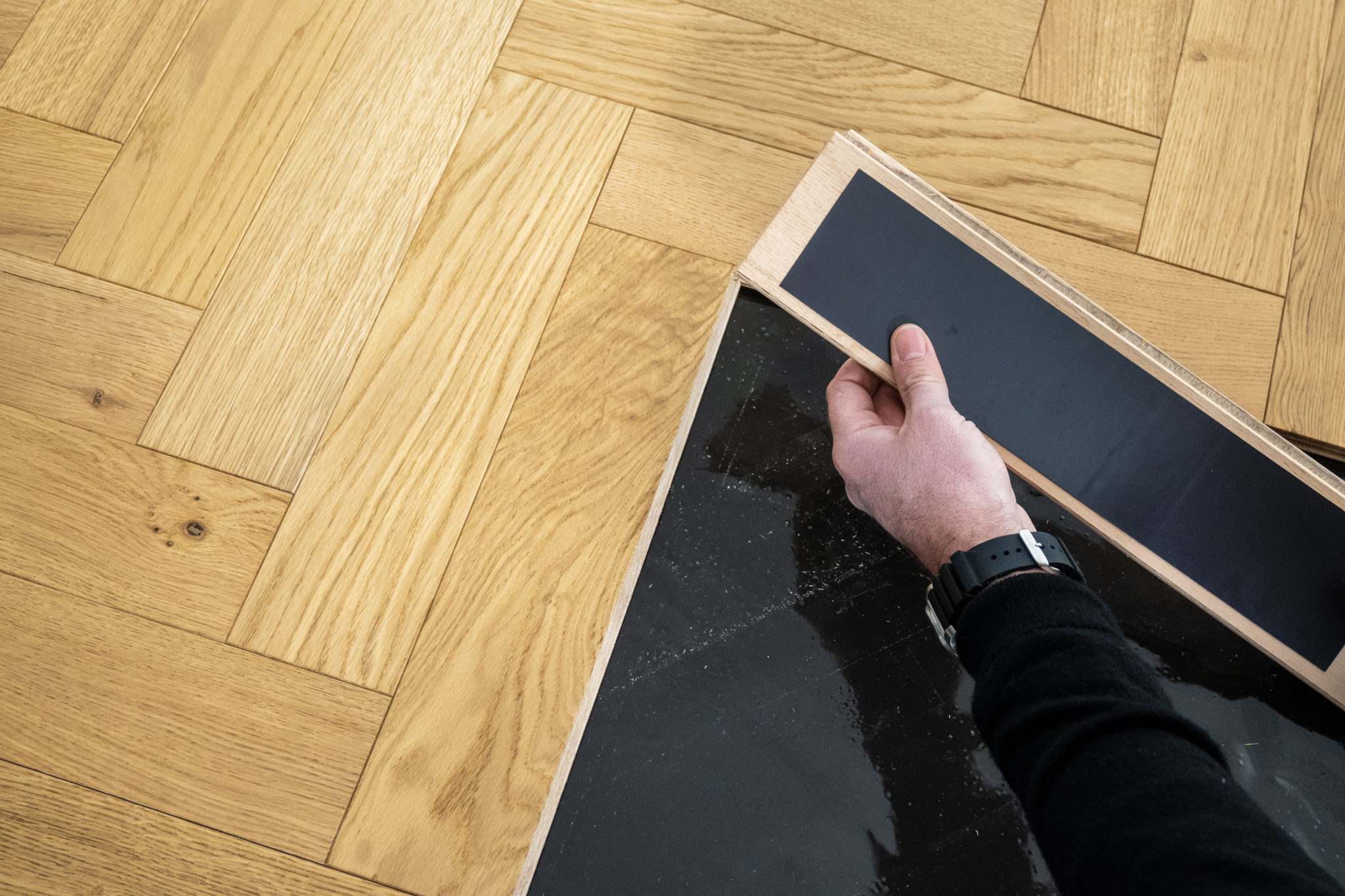


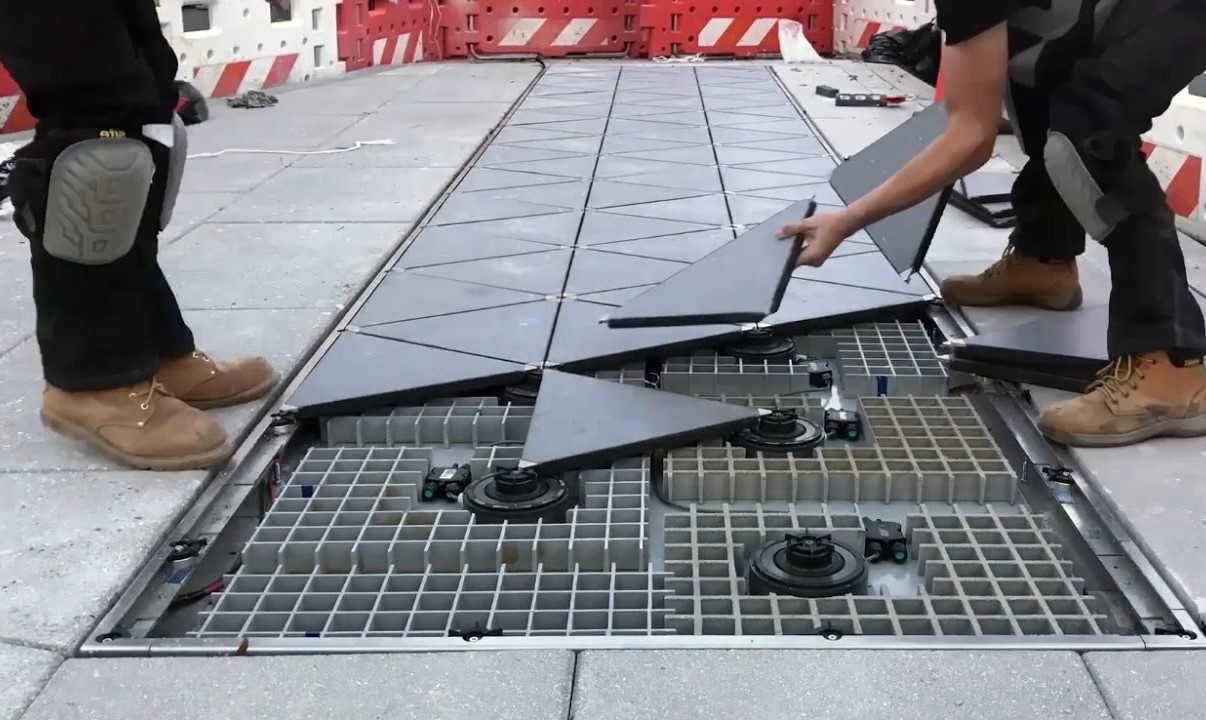
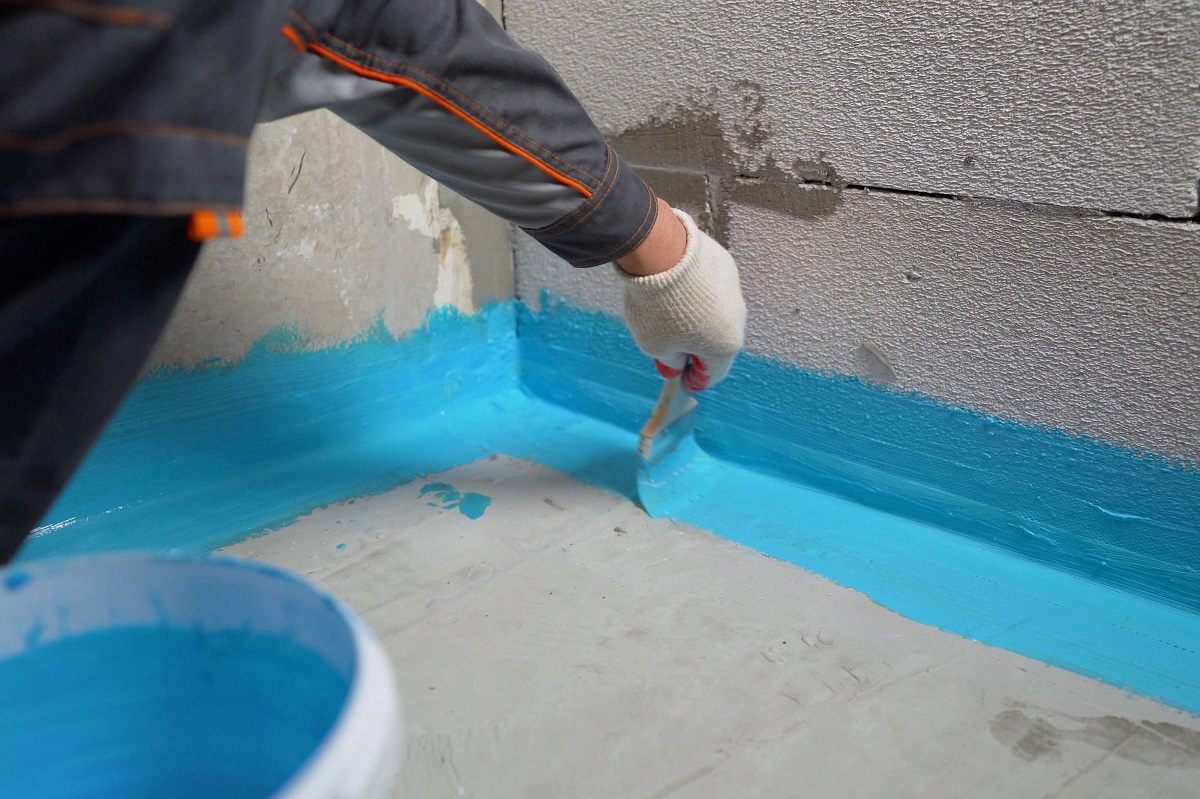


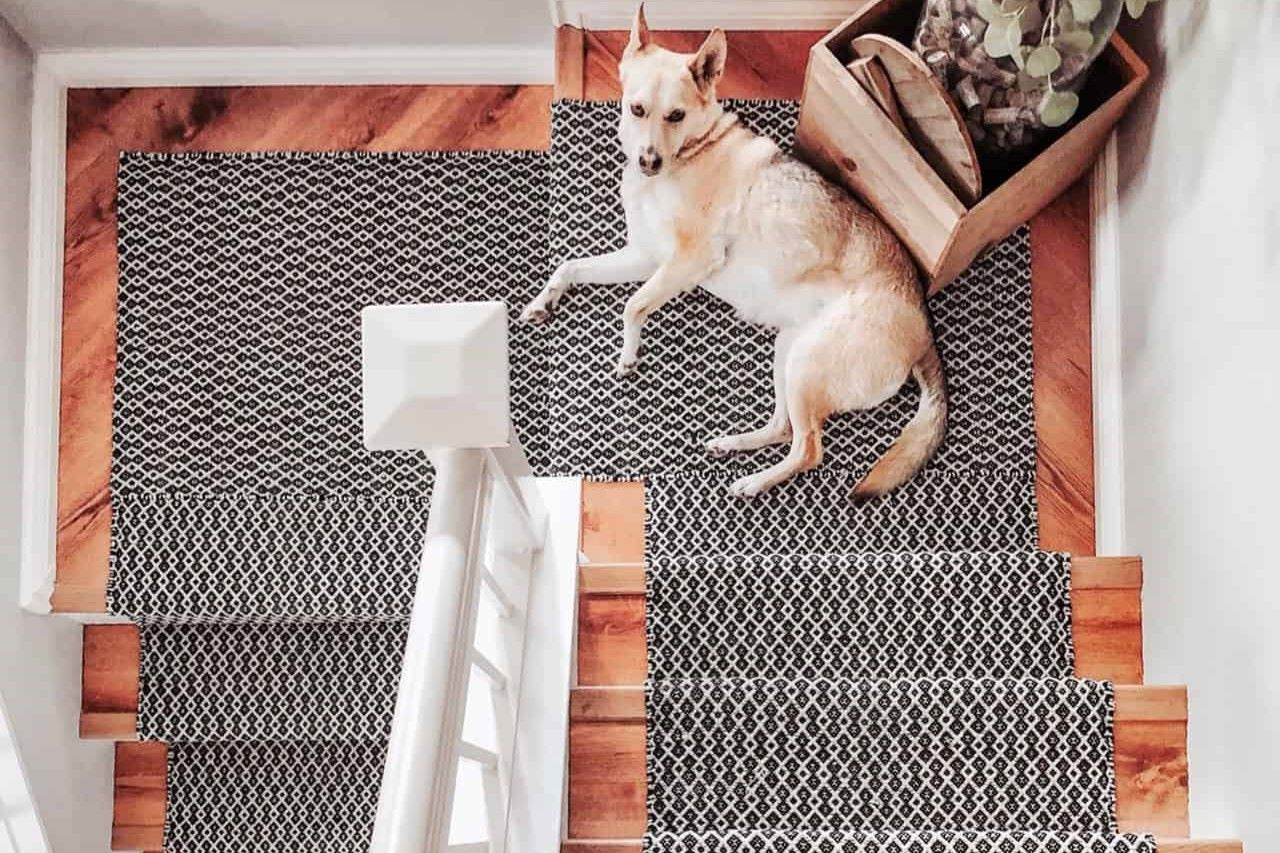
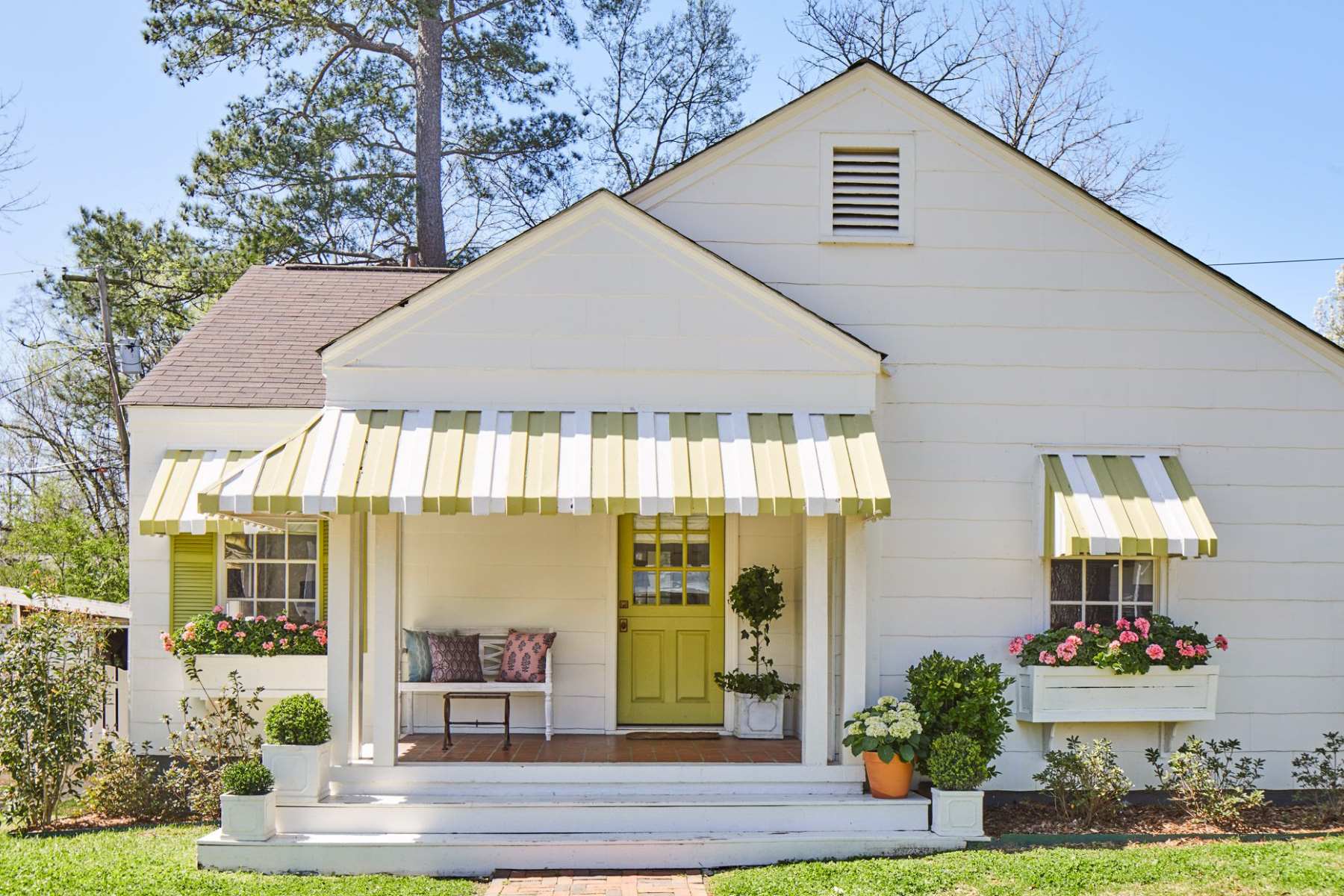
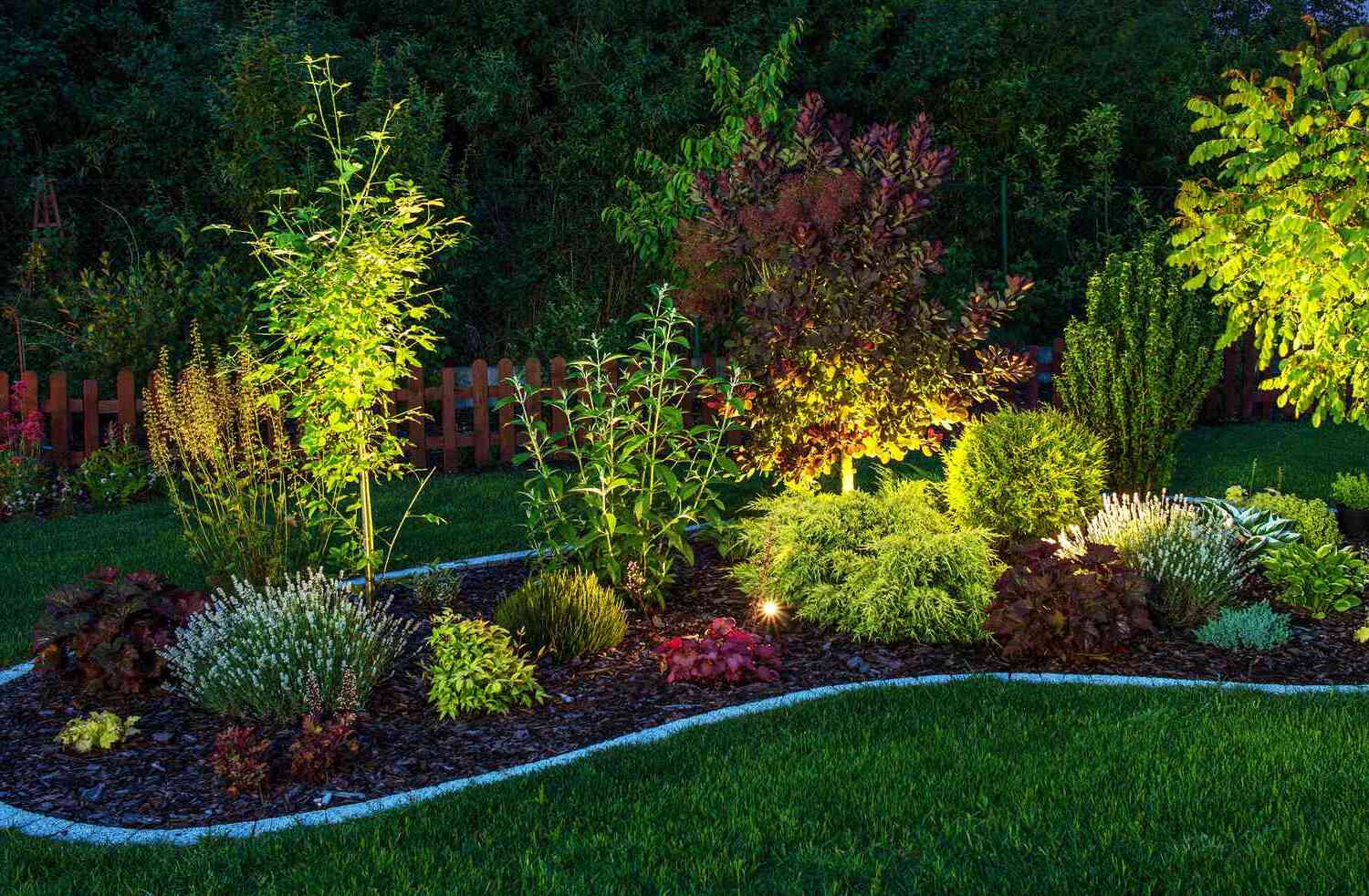
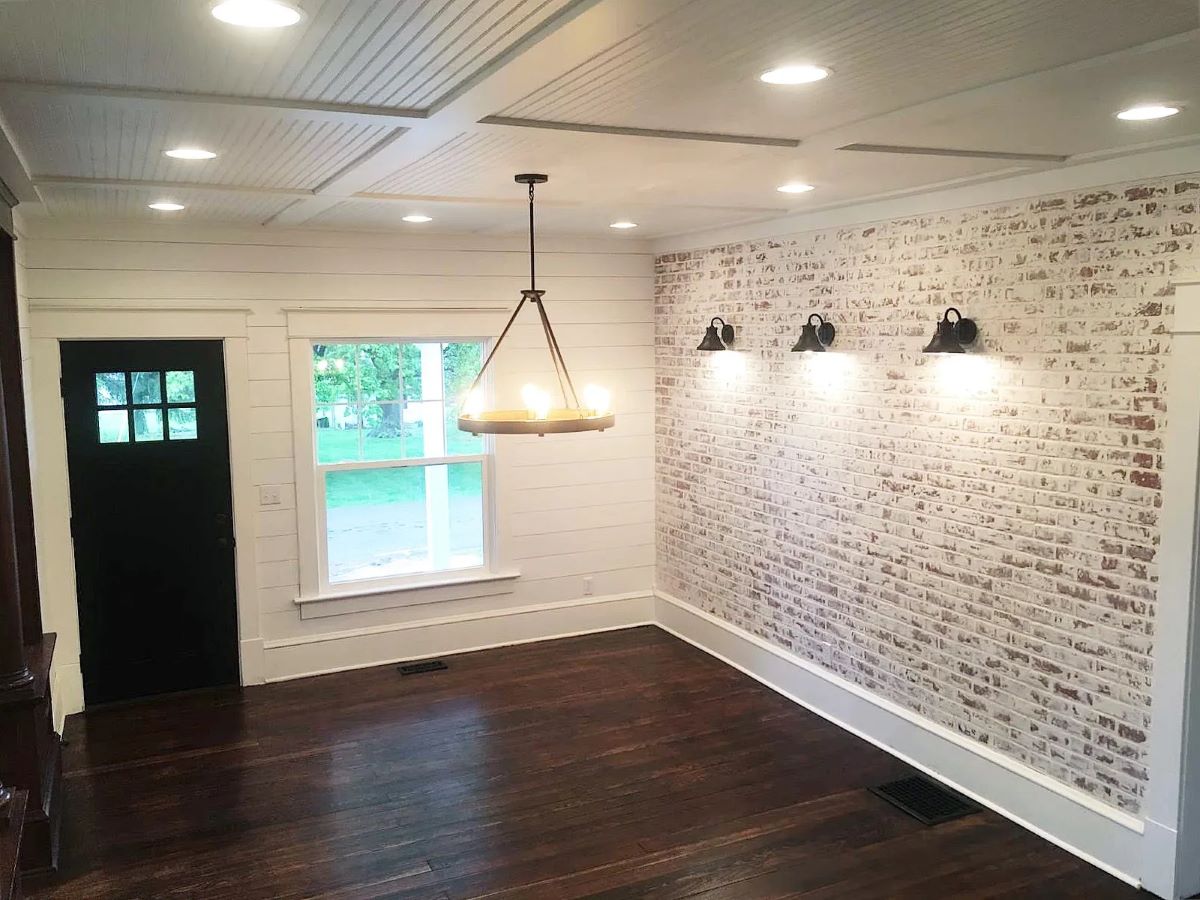
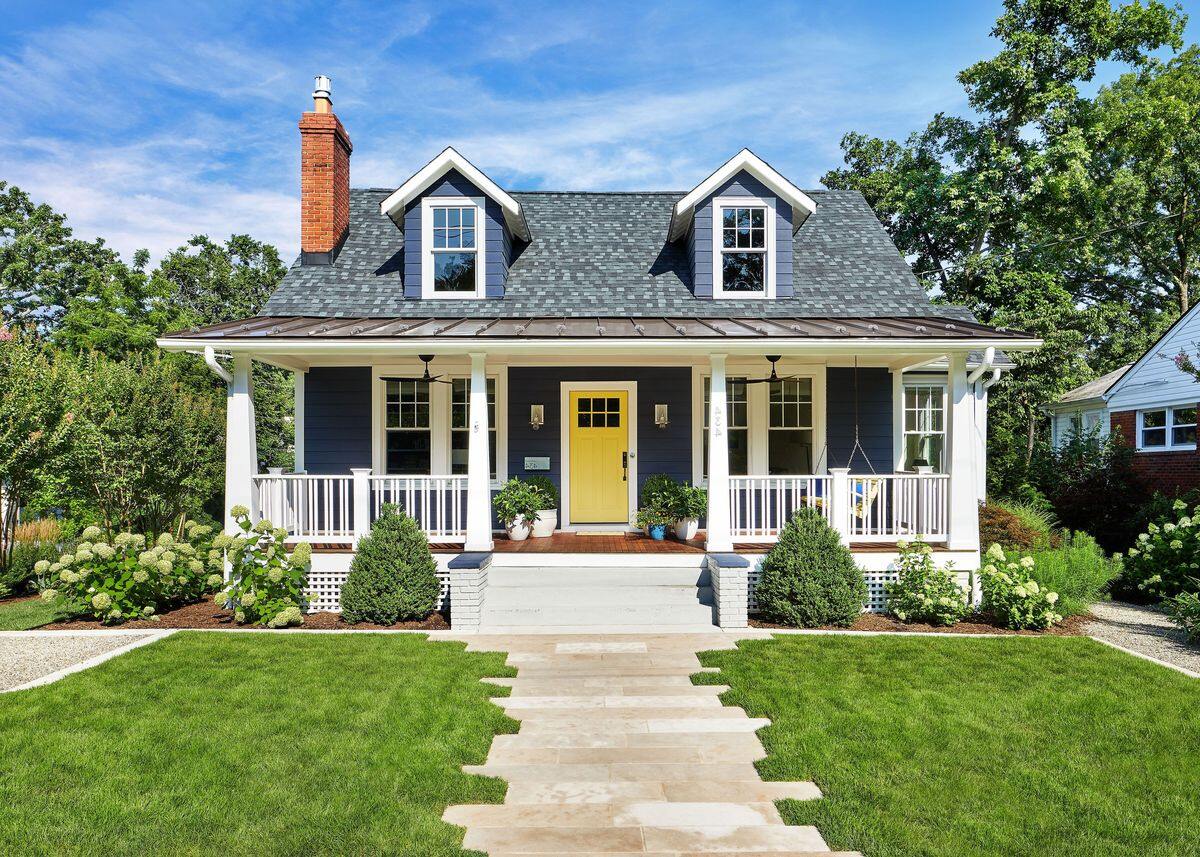

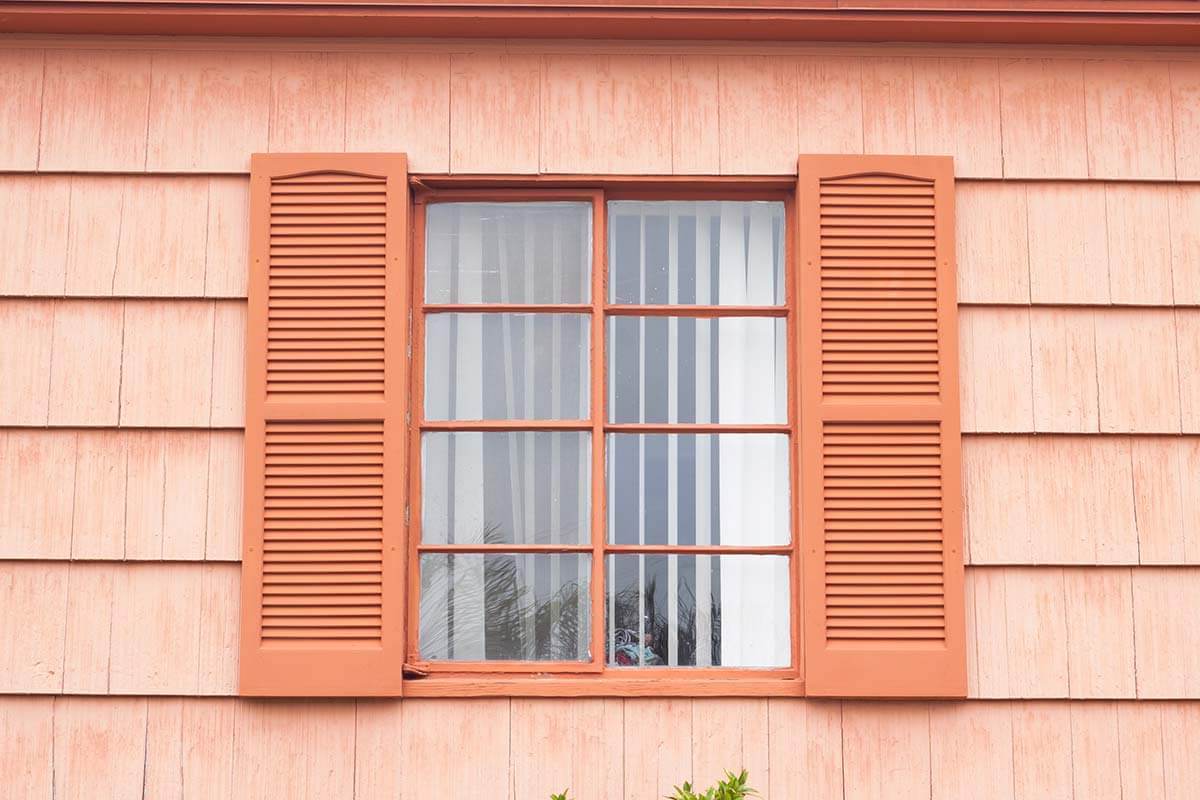

0 thoughts on “Upgrading Your Home’s Basement: Waterproofing DIY Tips”